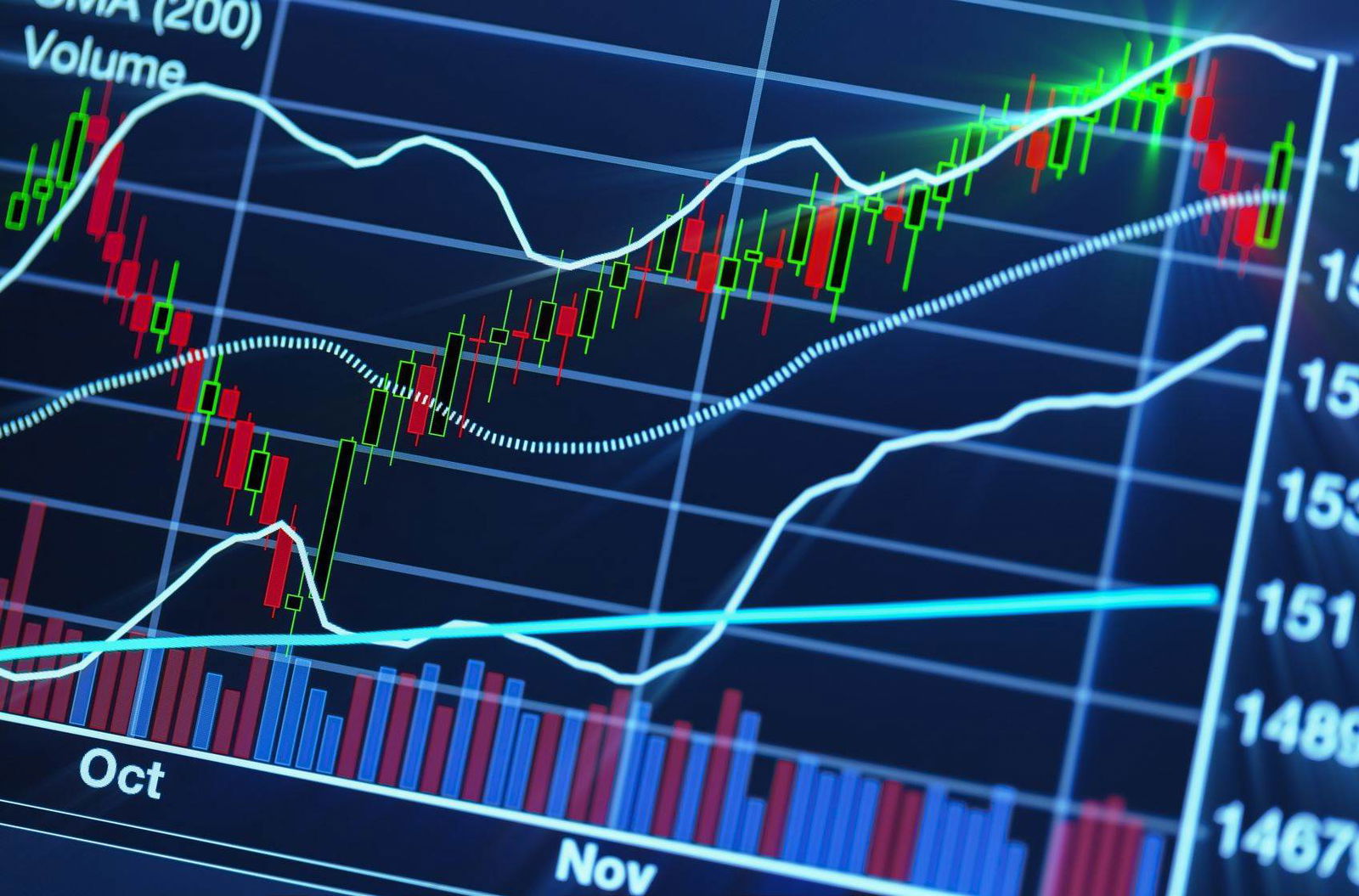There are other means to measure risk such as fundamental analysis, which can give you insight to any issues that could b arising. Also, you can just look and analyze a chart using indicators and technical analysis to determine the possible risk at your point of entry. Not only is there Beta, but there are many other Greek symbols that can be used, but be sure to read up on what each one means. If you ever get stuck, reach out to an investing community and then can help to explain it and help you through any misunderstandings.
Beta
| By Nathan Young | Macroaxis Story |
Beta is the measurement of how an equity or product moves with the underlying instrument it is attached with. Beta is measured as follows, if a product has a Beta of 1 or above, than the product is more volatile, but if it falls below 1, it will be less volatile. When a Beta is at 1, that means it will move in rhythm with the asset it is tied with. For example, the ETF ticker SPY that follows the S&P 500 will have a Beta near 1 because it is supposed to follow the S&P 500 Index. Conversely, if you invest in an inverse ETF, it will likely be near a 0 Beta because it moves in the opposite direction of the market it is intended to follow.
Updated over a year ago View currently updated edicational stories | Filter Beta |
Reviewed by Ellen Johnson
If you’re looking to measure risk, Beta is the Greek data point you want to use. When building a portfolio or looking at ETF products, a good way to judge how the risk factor may be is to compare Beta levels. If you want a portfolio that tracks the market, then you want it to be closer to 1, but if you are looking for more volatility, then you can exceed the 1 market for greater movements when the market moves.
Building efficient market-beating portfolios requires time, education, and a lot of computing power!
The Portfolio Architect is an AI-driven system that provides multiple benefits to our users by leveraging cutting-edge machine learning algorithms, statistical analysis, and predictive modeling to automate the process of asset selection and portfolio construction, saving time and reducing human error for individual and institutional investors.
Try AI Portfolio ArchitectEditorial Staff
Would you like to provide feedback on the content of this article?
You can get in touch with us directly or send us a quick note via email to editors@macroaxis.comDid you try this?
Run My Watchlist Analysis Now
My Watchlist AnalysisAnalyze my current watchlist and to refresh optimization strategy. Macroaxis watchlist is based on self-learning algorithm to remember stocks you like |
| All Next | Launch Module |
Other Consideration for investing
| Technical Analysis Check basic technical indicators and analysis based on most latest market data | |
| Instant Ratings Determine any equity ratings based on digital recommendations. Macroaxis instant equity ratings are based on combination of fundamental analysis and risk-adjusted market performance | |
| Analyst Advice Analyst recommendations and target price estimates broken down by several categories | |
| Commodity Channel Use Commodity Channel Index to analyze current equity momentum | |
| Risk-Return Analysis View associations between returns expected from investment and the risk you assume | |
| Portfolio Suggestion Get suggestions outside of your existing asset allocation including your own model portfolios | |
| Portfolio Dashboard Portfolio dashboard that provides centralized access to all your investments | |
| Performance Analysis Check effects of mean-variance optimization against your current asset allocation | |
| Equity Valuation Check real value of public entities based on technical and fundamental data |
